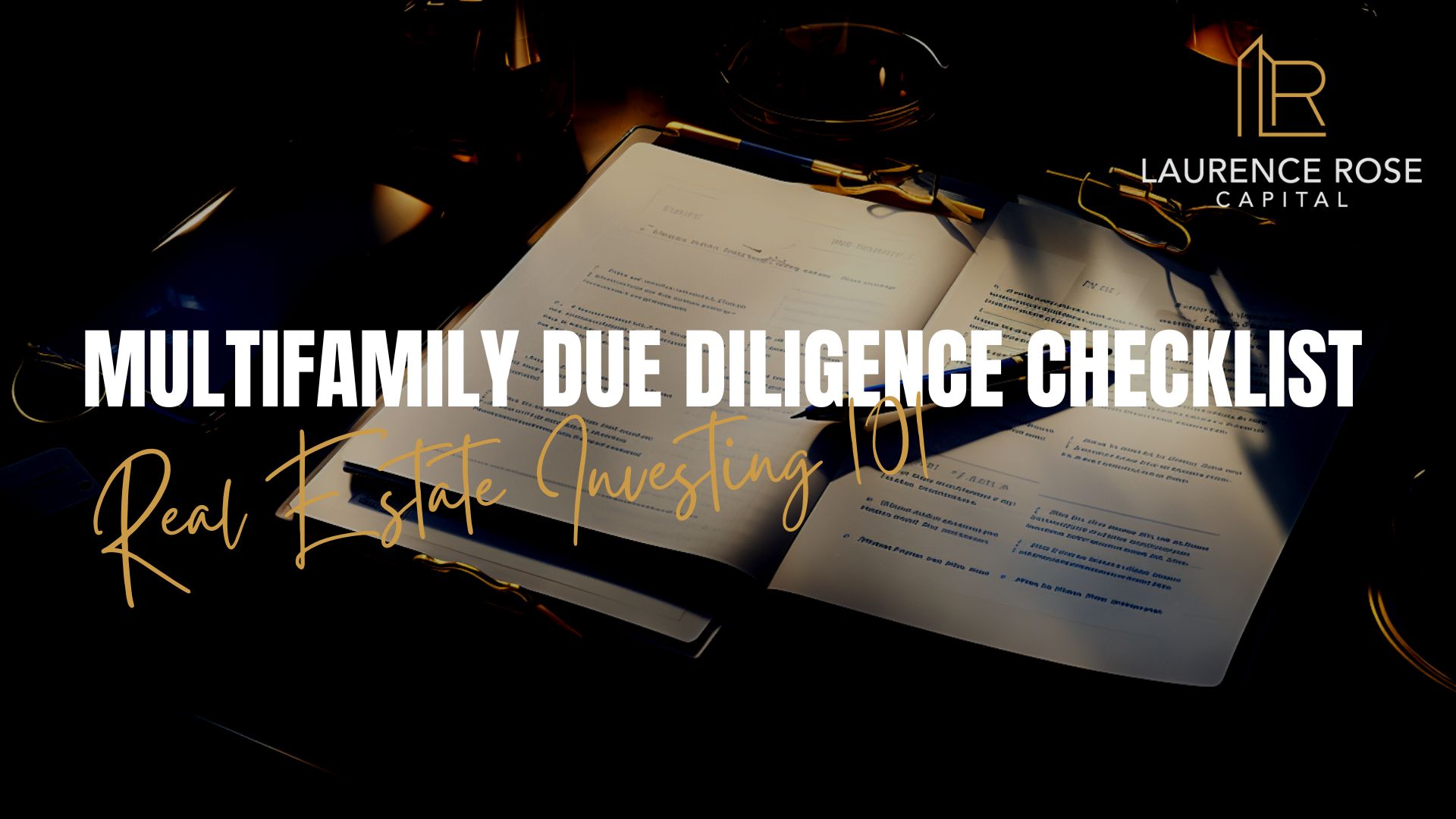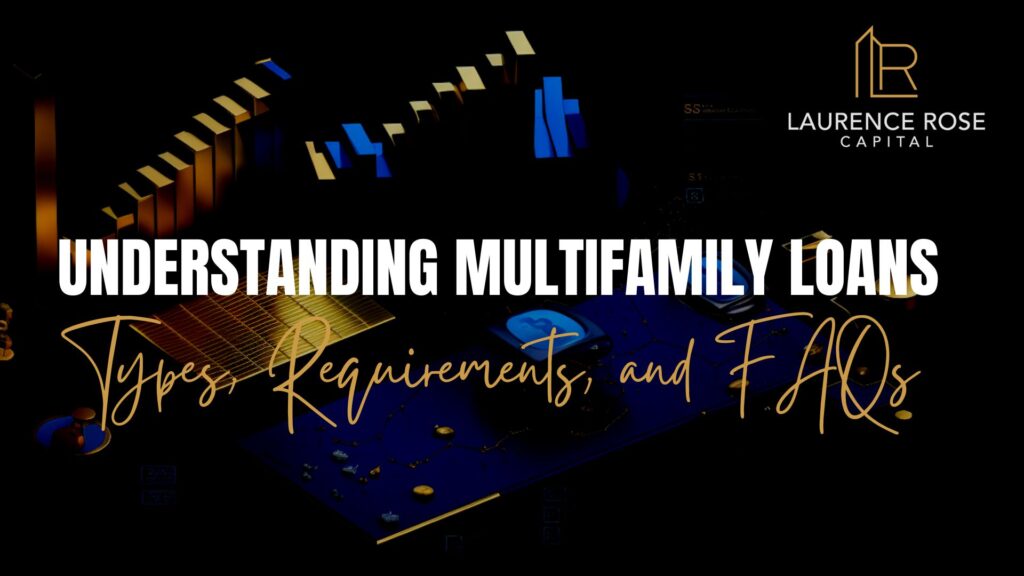Investing in multifamily properties can be a lucrative venture, but it’s crucial to conduct thorough due diligence to minimize risks and make informed decisions. A comprehensive due diligence checklist is your best friend in this process, helping you evaluate the property’s financial health, legal status, and physical condition. In this article, we’ll delve into the multifamily due diligence checklist, highlighting each item’s significance.
Financial Documentation
- Income Statements and Tax Returns: Review the property’s income statements and tax returns for the past three years and the trailing 12 months. Also, assess the month-to-month financials for the last two full calendar years and the year-to-date figures. This data provides insights into the property’s financial stability.
- Rent Roll: Obtain the current rent roll, which should include details such as unit numbers, rental rates, deposits, lease start and end dates, tenant names, recurring charges, and pre-paid rent. This document helps you understand the property’s rental income stream.
- Rent Concessions: Identify any rent concessions that will extend beyond the closing date. These concessions can impact the property’s cash flow post-acquisition.
- Utility Bills: Collect utility bills for the past twelve months, including water, sewer, trash, gas, electric, telephone (including company-paid cell phone plans), and cable television expenses. Understanding these costs is essential for accurate financial projections.
- Vendor Contracts: Obtain copies of vendor contracts for services such as lawn care, pest control, and laundry. Include all contact information for these service providers.
- Property Tax Bill: Review the most recent property tax bill to ensure you understand the property’s tax obligations.
Property History
- Capital Expenditures: Request a list of capital expenditures made over the last five years, organized by year. This information reveals the property’s maintenance history and any major investments.
- Environmental Reports: Gather past environmental reports to assess potential environmental risks associated with the property.
- Delinquency Report: Obtain a current delinquency report and a detailed accounts receivable aging report, categorizing delinquencies by less than 30 days, 31-60 days, 61-90 days, and 90+ days in arrears. This helps evaluate the property’s tenant payment trends.
Lease and Resident Information
- Resident Leases: Request copies of all current resident leases (note that this is typically needed after going under contract). Electronic forms are preferred for efficiency.
- Lease Forms and Regulations: Obtain all lease forms currently in use, along with existing community Rules & Regulations and the resident application package.
Personnel and Service Contracts
- Employee Details: Compile a detailed schedule containing the names of all current employees, their compensation, and benefits, including salary, housing, health insurance, utilities, vacation, retirement, and more.
- Service Contracts: Gather all service contracts, including equipment leases, service agreements, and employment contracts. Additionally, list any verbal arrangements and agreements for services.
- Employee Residences: Identify employees living on the property and provide scanned copies of their lease agreements and any concessions they receive.
Property Documentation
- Property Surveys and Plans: Collect copies of all surveys (ALTA or otherwise), plats, site plans, building plans, property condition reports, and as-built plans related to the property. These documents offer insights into the property’s physical attributes.
- Engineering and Environmental Reports: Include copies of all engineering, physical inspection, and environmental reports, particularly those related to hazardous materials on or around the property.
- Certificates and Permits: Provide copies of Certificates of Occupancy or certificates of completion for renovated properties, as well as permits (if necessary) for amenities like the pool and any other facilities.
Legal and Insurance
- Title Insurance and Exceptions: Share the existing title insurance owner’s policy and lender policy (if applicable), along with copies of all existing exceptions, additional exceptions, and unrecorded agreements affecting the property.
- Claims and Lawsuits: Disclose a list of all threatened, pending, or ongoing insurance claims or lawsuits related to the property, including notices from governmental offices and suits for non-payment of rent or tenant eviction.
- Insurance Loss History: Include insurance loss runs for the previous five years or the time of ownership if less than five years.
Property Inventory and Marketing
- Inventory List: Provide a personal inventory list for the office, pool, model unit(s), fitness center, all common areas, and the shop.
- Marketing Materials: Share copies of all marketing materials, including floorplans, brochures, property logos, website information, and pictures.
- Termite Bond: Include a copy of the termite bond, if applicable.
- Permits and Inspections: Provide copies of all inspections, including those for fire hydrants, backflow preventers, fire extinguishers, the State of Florida Division of Hotels and Restaurants Lodging Inspection Report, and fire inspections for existing fire suppression systems.
Conclusion
Conducting due diligence on a multifamily property is a meticulous process, but it’s a critical step to ensure you make a sound investment. This comprehensive checklist covers the key areas you need to investigate, from financial records to legal documentation and property history. By diligently following this checklist, you can minimize risks and increase your chances of success in the multifamily real estate market. Remember, thorough due diligence is the foundation of smart investing.






![How Does Creative Financing Work In Multifamily Real Estate [Explained]](https://laurencerosecapital.com/wp-content/uploads/2023/10/JG-BMP-Ira-LRC-JB-Blog-Covers-750-×-422px-1920-×-1005px-1024x576.jpg)
